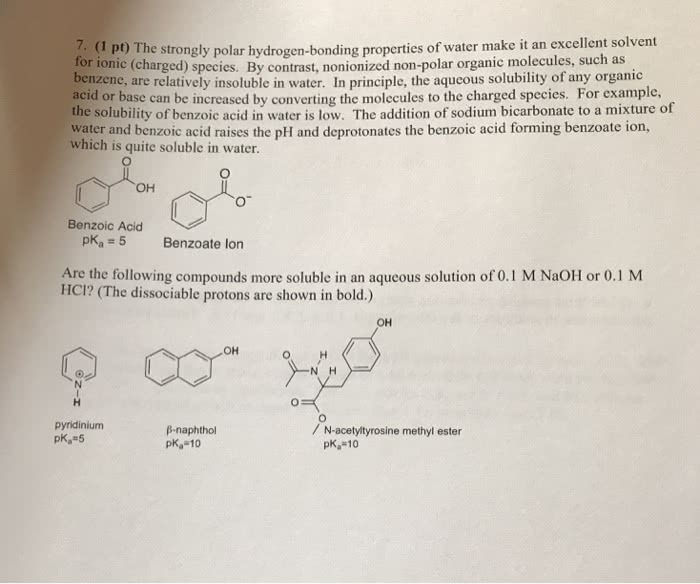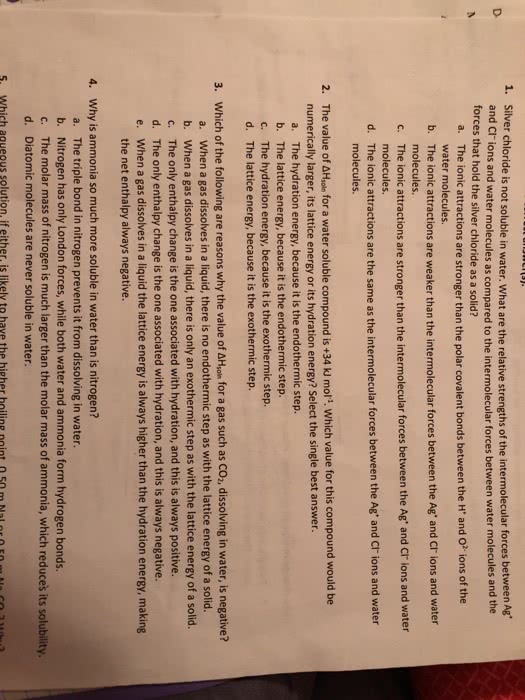CHM110H5 Lecture Notes - Lecture 5: Boron Group, Zinc Sulfide, Silver Oxide
Document Summary
Example any anion any anion any anion nitrate. = soluble silver (ag+), lead (pb2+), mercury (hg2 copper (cu+), thallium (tl+) = soluble calcium (ca2+), strontium (sr2+), barium (ba2+), silver (ag+), lead (pb2+), radium (ra2+) low solubility (insoluble) = soluble sodium fluoride, naf, is soluble hydrogen chloride, Ch3coona, is soluble silver chloride, agcl, forms a white precipitate (a white solid) potassium bromide, Baso4, forms a white precipitate (a white solid) copper sulphate, Cuso4, is soluble alkali ions (li+,na+,k+,rb+,cs+,fr+), alkali earth metals (be2+,mg2+,ca2+,sr2+,ba2+,ra2+), and h+ (aq), nh4. + any other cation low solubility (insoluble) zinc sulfide, zns, is insoluble. + any other cation low solubility (insoluble) (forms a precipitate) ammonium phosphate, (nh4)3po4, is soluble magnesium carbonate, mgco3, is insoluble. +), and of alkali metal (group ia) cations, are soluble. All chlorides, bromides and iodides are soluble except those of silver, lead and mercury(i). All sulphates are soluble except those of silver, lead, mercury(i), barium, strontium and calcium.



